
Review on 🏠 UCTRONICS DC 12V Programmable Time Delay Relay Module with LED Display for Smart Home Automation by Angela Campos

Explanation of MO, T1, T2 and NX
The timer is very versatile and powerful. However, the programming is almost a mystery due to incomplete documentation. Based on my limited experimentation, here is the beginning of an explanation of the four basic programming parameters. I hope the errors in my guesses will be corrected in the comments; look at these. MO - TIMER MODE. Set from 1 to 18 depending on how you want the timer to work (mode 10 turns on when triggered, followed by a programmable delay before turning off). T1 - FIRST PERIOD DELAY. Depending on the mode selected, this is the delay from the first time an input trigger is received until the second action is taken. See the diagrams accompanying the timer for further explanation. In mode 10, the flip-flop closes the output relay and T1 determines when the output relay opens. For mode 13, this is the delay from tripping to closing the relay. T1 in seconds. See NX to increase T2 - SECOND TIME DELAY. Depending on the selected mode, this begins after the delay time T1 has elapsed. T2 defines the delay until the next action. For mode 10 there is no next action, so the setting is irrelevant. For mode 13, this is the delay between the relay closing and opening. T2 in seconds. See NX for more details. NX - NUMERIC MULTIPLIER. Used to set T1 and/or T2 values greater than 9999 seconds. The default value of NX is 0101. To determine the actual time delay, T1 is multiplied by the first two digits of NX. The resulting value is the delay in seconds used by the timer. Likewise, the last two digits of NX are the multiplier for T2. For example, imagine T1 = 2000, T2 = 4000 and NX = 0105. Then the actual delay would be 2000 seconds (2000 x 01) for T1 and 20000 (4000 x 05) for T2. Setting NX to zero seems to mean nothing needs to be done.
- New to my collection
- Some difficulties
New products
Comments (0)
Top products in 🖥️. Single Board Computers
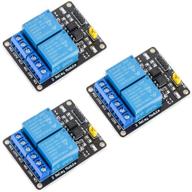
🌐 MCIGICM 2 Channel DC 5V Relay Module: Optocoupler Low Level Trigger Expansion Board for Arduino UNO R3, DSP, ARM, PIC, AVR, STM32, Raspberry Pi

11 Review

Vilros Raspberry Pi 4 4GB Complete Starter Kit - Black Fan-Cooled Aluminum Case for Heavy-Duty Performance

12 Review
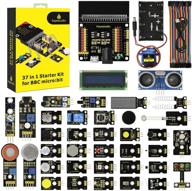
🎁 Ultimate BBC Micro bit Sensor Starter Kit: Keyestudio 37-in-1 Box with Tutorial, Compatible with V1.5 & V2, Gift for Kids and Adults (Microbit Board Not Included)

11 Review

LAFVIN Super Starter Kit for Arduino R3 Mega2560 Mega328 Nano with Detailed Tutorial - Compatible with Arduino IDE

11 Review
Another interesting products
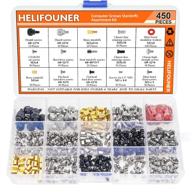
🖥️ Helifouner 450-Piece Computer Standoffs Spacer Screws Kit: Ideal for Hard Drive, Motherboard, Fan, Power Graphics & Computer Cases

10 Review
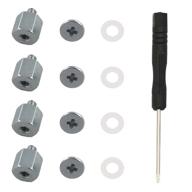
M.2 Screw Kit: Easy Mounting for NVMe SSDs on ASUS Motherboards

19 Review

uxcell 3.5" HDD Screw Black 200pcs for Computer PC Case - Flat Phillips Head - 6#-32 - Hard Drive Fasteners

10 Review
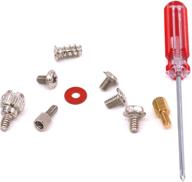
Glarks 660 Pieces Phillips Assortment Motherboard

10 Review

